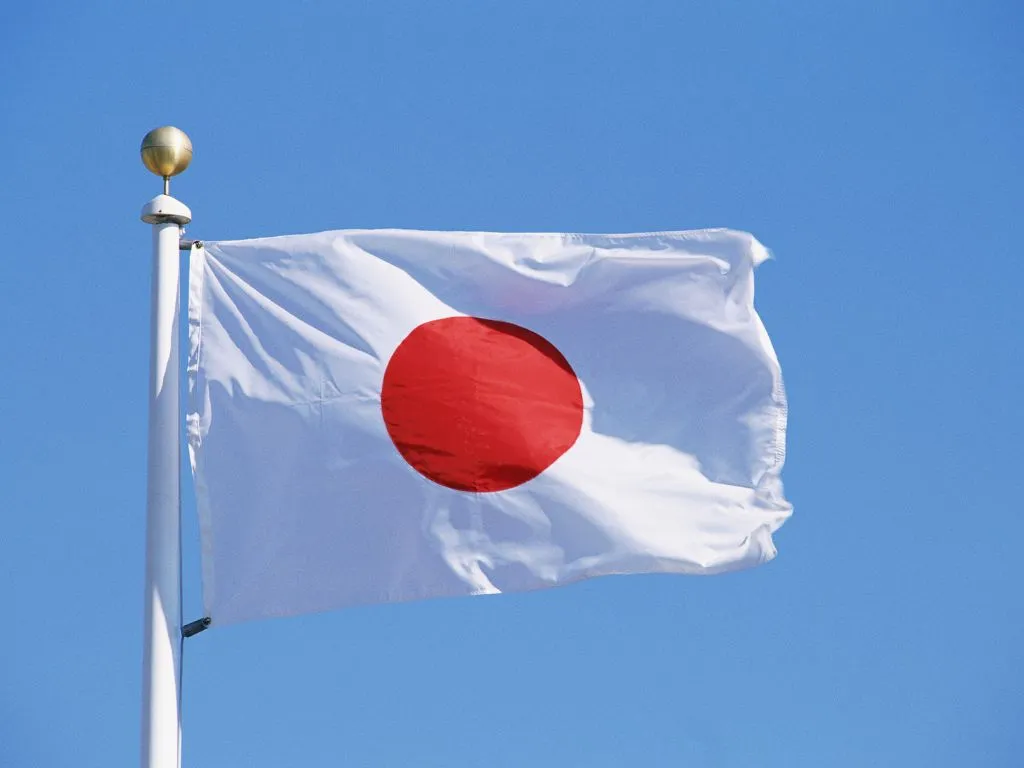

Reference source : Ministry of Economy, Trade and Industry (METI) and Ministry of the Environment (MOE)-Japan
On 4 July 2024, Japan’s Ministry of Economy, Trade and Industry (METI) and Ministry of the Environment (MOE) jointly notified the World Trade Organization (WTO) of a revision of the Enforcement Order of the Act on Preventing Mercury Pollution of the Environment. This revision updates the list of mercury-added products under Annex A of the Minamata Convention on Mercury. Following the phase-out dates specified in Article 4 of the Minamata Convention, the manufacture of 10 newly added products will be prohibited.
Currently the draft is open for public comment until 2 September 2024. The revised order will be adopted in October 2024.
Background on Enforcement Order
The Enforcement Order which was originally enacted on 11 November 2015 categorizes certain mercury-containing products as specialized goods that require stringent control in accordance with Article 2, Paragraph 1 of the Act on Preventing Mercury Pollution of the Environment. The use of these products as raw materials for the manufacture of other commodities will be restricted.
Enforcement Dates
The revised Enforcement Order will come into effect in three phases, starting on 1 January 2026, 1 January 2027 and 1 January 2028 respectively as per the phase-out dates of the Minamata Convention.
The following products will be subject to the manufacturing ban:
|
Specific products containing mercury |
Enforcement Date |
|
1. Button zinc silver oxide batteries with a mercury content <1% and button zinc air batteries with a mercury content <2% |
1 January 2026 |
|
2. Compact fluorescent lamps with integrated ballast (CFL.i) for general lighting purposes that are ≤ 30 watts with a mercury content not exceeding 5 mg per lamp burner |
1 January 2026 |
|
3. Cold cathode fluorescent lamps (CCFL) and external electrode fluorescent lamps (EEFL) of all lengths for electronic displays, not included in the listing directly below.
|
1 January 2026 |
|
4. Melt pressure transducers, melt pressure transmitters, and melt pressure sensors, except those installed in large-scale equipment or those used for high precision measurement, where no suitable mercury- free alternative is available |
1 January 2026 |
|
5. Compact fluorescent lamps (CFLs) for general lighting purposes that are > 30 watts |
1 January 2027 |
|
6. Compact fluorescent lamps with a non-integrated ballast (CFL.ni) for general lighting purposes that are ≤ 30 watts with a mercury content not exceeding 5 mg per lamp burner |
1 January 2027 |
|
7. Linear fluorescent lamps (LFLs) for general lighting purposes:
|
1 January 2027 |
|
8. Non-linear fluorescent lamps (NFLs) (e.g., U-bend and circular) for general lighting purposes: b. Halophosphate phosphor, all wattages |
1 January 2027 |
|
9. Linear fluorescent lamps (LFLs) for general lighting purposes:
|
1 January 2028 |
|
10. Non-linear fluorescent lamps (NFLs) (e.g., U-bend and circular) for general lighting purposes: a. Triband phosphor, all wattages |
1 January 2028 |
Rationale
This strategy will implement the Minamata Convention on Mercury and reduce the risks posed by mercury to human health and the environment. The government will monitor the implementation of the policy and evaluate the long-term effects of these products on the environment and public health. To further contribute to the industry's green transition, the phased prohibition on the manufacture of 10 items will encourage the development and use of low- or no-mercury technology.
If you want to access the GHS report, please Register here in GPC Intelligence Portal click here
